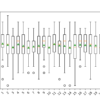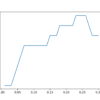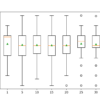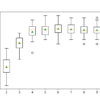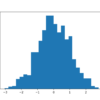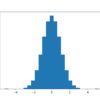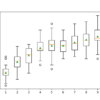Datasets may have missing values, and this can cause problems for many machine learning algorithms. As such, it is good practice to identify and replace missing values for each column in your input data prior to modeling your prediction task. This is called missing data imputation, or imputing for short. A sophisticated approach involves defining […]
